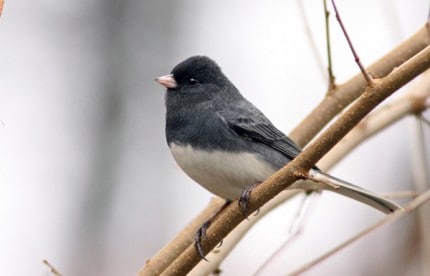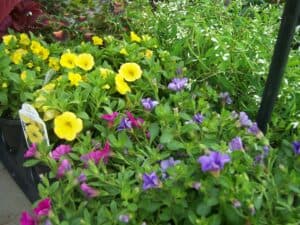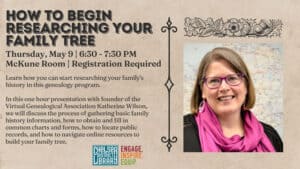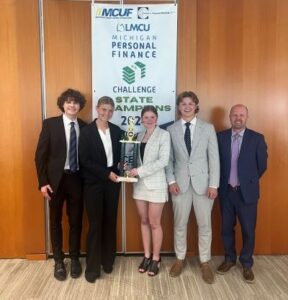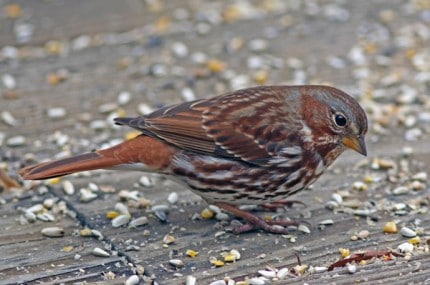
(Chelsea Update would like to thank Tom Hodgson and the Waterloo Natural History Association for the information and photos in this column.)
Every fall, birds from as far away as the Arctic Circle move south to escape the brutal northern winters. They begin arriving in our area in October and remain until spring.
Some come every year, while others only in years when winter food supplies are scarce in their Northern homelands. Still others find even Michigan winters too cold and only stop briefly in late fall on their way to warmer winter temperatures found further south, returning briefly again in early spring on their way north.
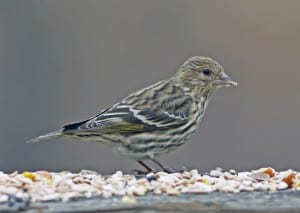
The dark-eyed Junco (also known to some as the slate-colored junco) Is a short distance migrator that nests in U. P. and the northern half of the Lower Peninsula. Some winter there as well, but many move further south. Their slate-gray backs and white undersides make them easy to identify. In flight, they show off white outer tail feathers and they are regular winter visitors to bird feeders in the Chelsea area. They rarely perch on a feeder, but prefer to feed on the ground.
American tree sparrows arrive at about the same time as the juncos but have traveled much further. They are poorly named, as they nest in tundra country near the Arctic Circle where few trees and shrubs exist. Early settlers created this misnomer because of their resemblance to the Eurasian tree sparrows. Each American tree sparrow wears a chestnut cap on its head and sports of clear breast adorned with a black “stick pin,” and like the junco prefers to feed on the ground.

The pine siskin is a year round resident in the northern parts of Michigan, but an erratic winter visitor to the Chelsea area. Some winters they are very common, and totally absent in others. This year, they are present and visiting local feeders. They are especially attracted to niger (thistle) seed, although they will also eat shelled sunflower seeds.
Smaller than most sparrows, pine siskins are streaked with brown and black on the head, body and undersides. Their wing feathers are tinged with yellow that is somewhat visible even when the birds are at rest.

There are three additional species that visit local feeders in late fall and again in early spring, but spend the mid-winter months further south, these include the white-crowned, white-throated and fox sparrows. However, a few fox sparrows have been visiting local feeders. The white-crowned and white-throated sparrows were present earlier in November, but most have moved further south for the remainder of the winter. We should see them again on their way north in April.
These snowbirds are fun to see each year, but make up only a small portion of the regular feeder visitors. Fortunately, birds that are year around residents provide plenty of entertainment when the snowbirds numbers are down.
Next week we’ll take a look at some of these colorful local birds.
